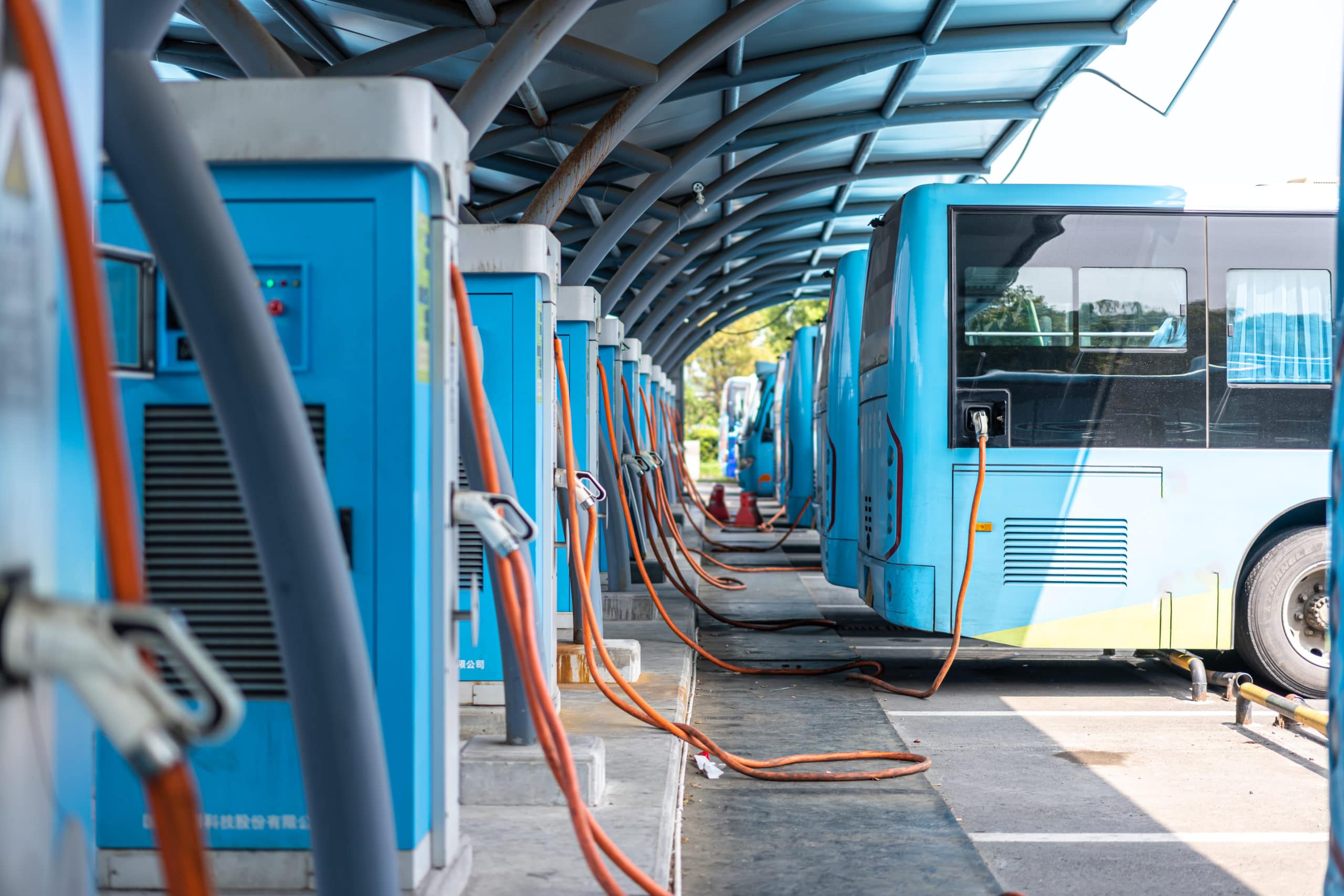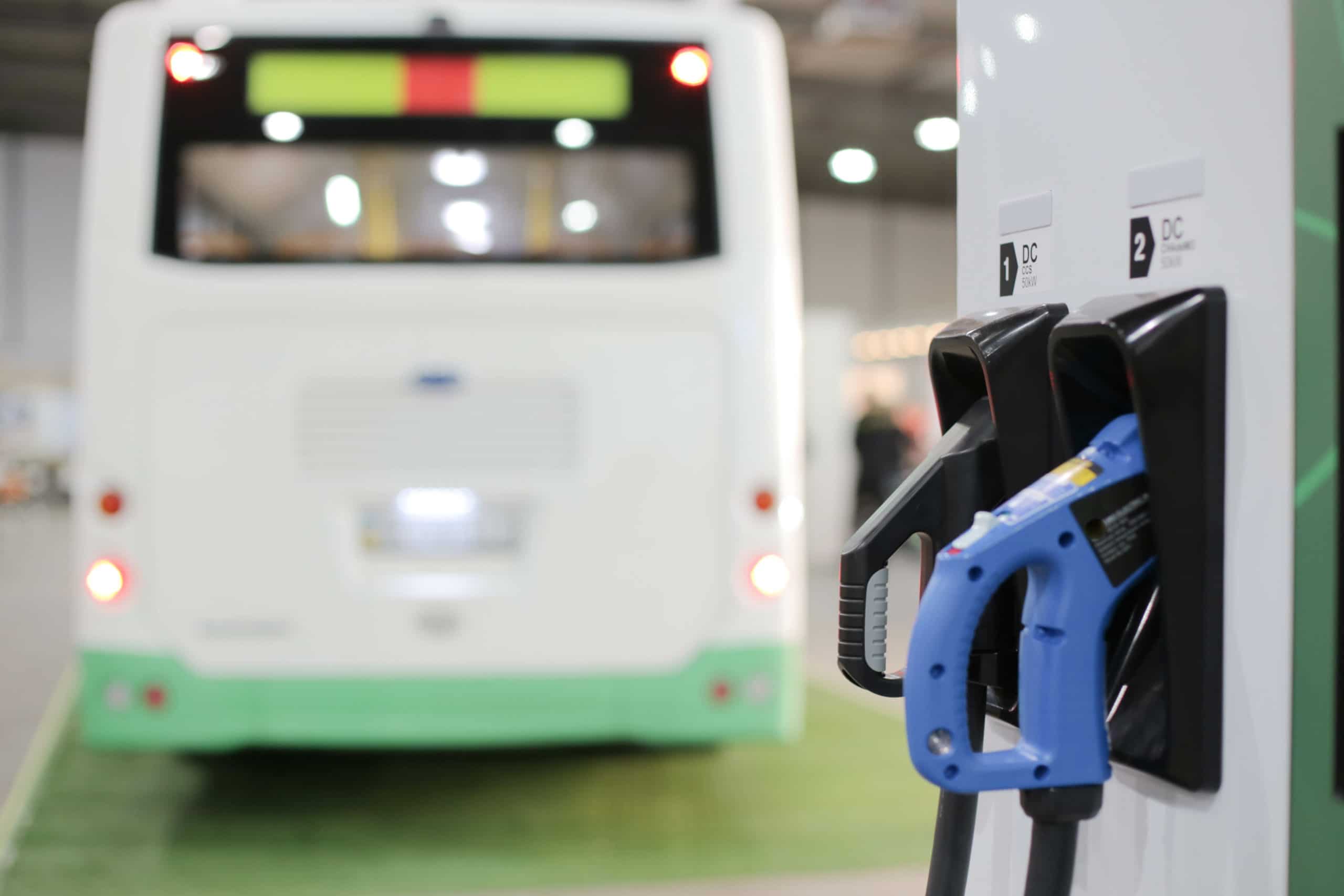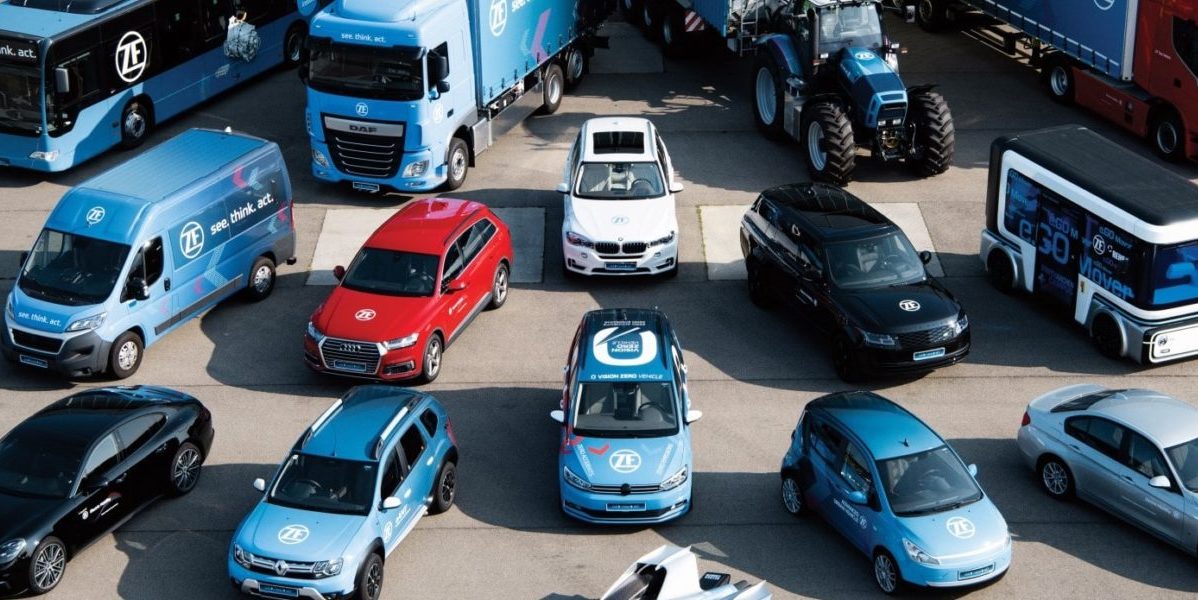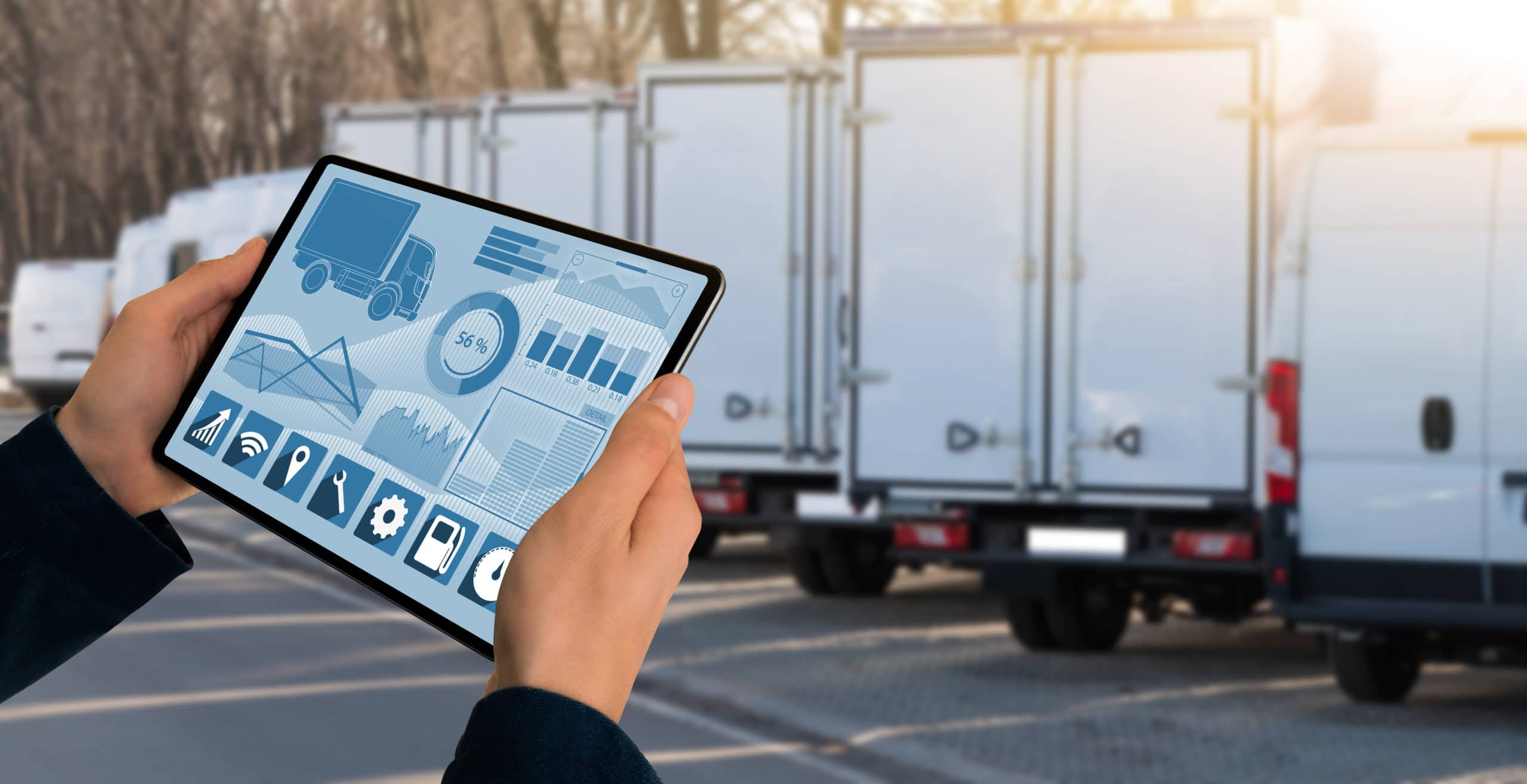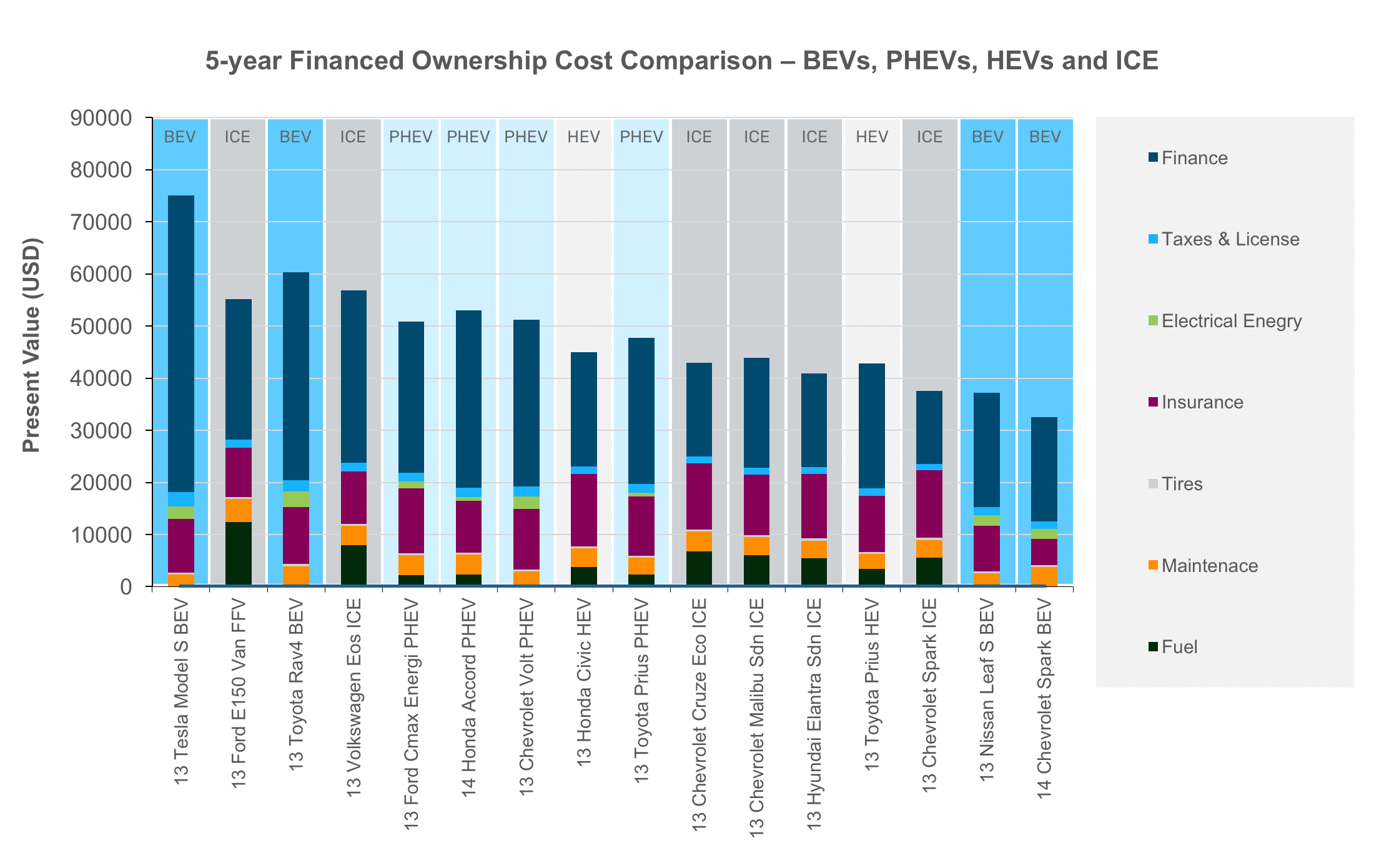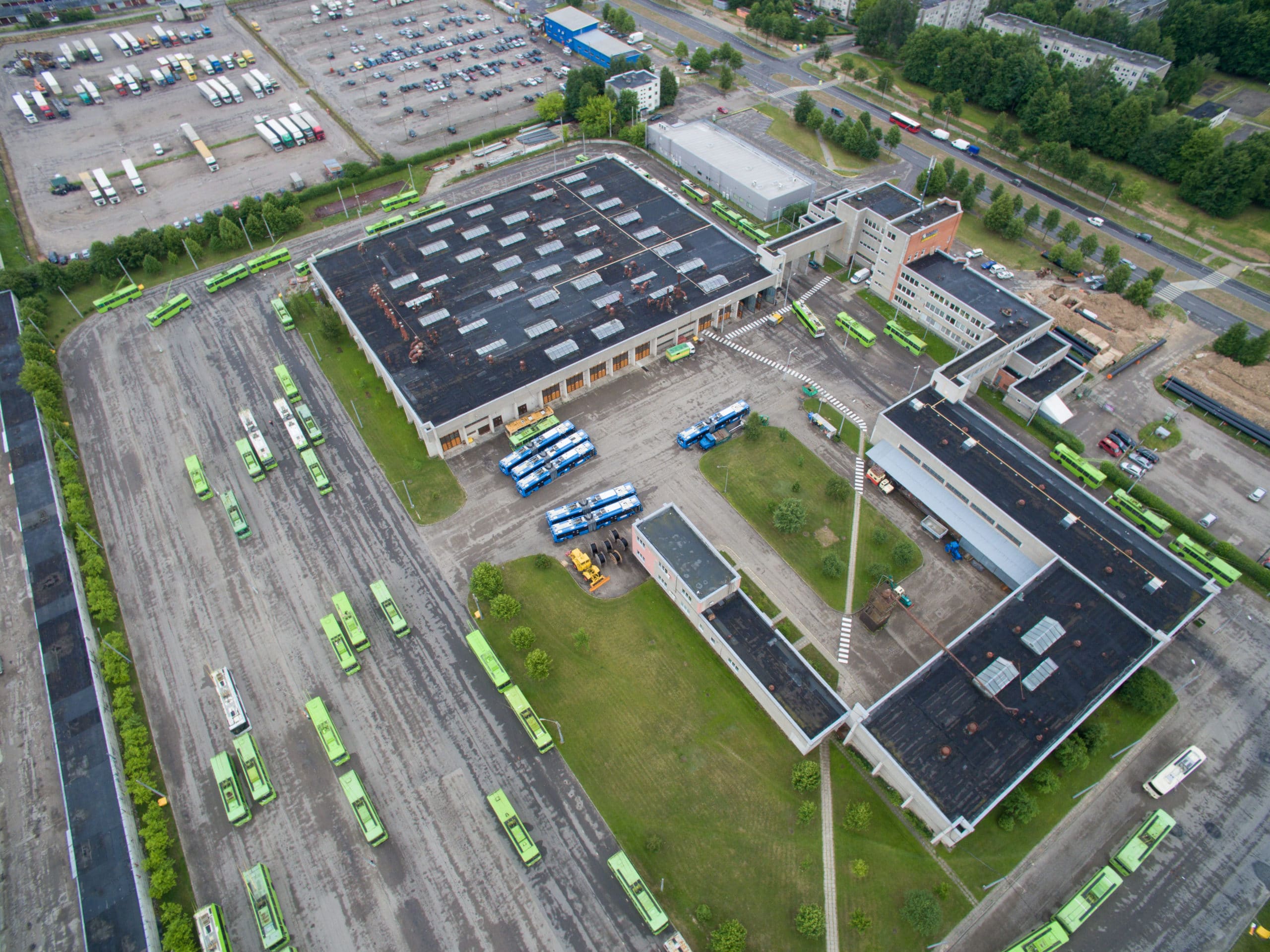| Project name | Bus Propulsion Study | ||
| Client name | Ann Arbor Area Transportation Authority (AAATA)/TheRide, Ann Arbor Michigan, United States | ||
| The Client | The Ann Arbor Area Transportation Authority/TheRide operates the public transit system for the greater Ann Arbor-Ypsilanti area. For more than 50 years, TheRide has provided reliable, safe, affordable transportation services to the community. | ||
| Product or services provided | ZET Advisory
BetterFleet |
Client industry | Transit Agency |
| The Brief | AAATA/TheRide has retained Evenergi to conduct an impartial review of bus propulsion technologies. The outcome of the study seeks a balanced review of propulsion options available in the marketplace evaluating benefits, downfalls, risks, and costs to AAATA/TheRide. Our scope includes reviewing Battery Electric Buses, Hydrogen Fuel Cell Electric Buses, Trolley Buses and Compressed Natural Gas for their applicability in Ann Arbor. | ||
| The Approach | Our scope of work includes documenting the existing situation and benefits, an assessment of all propulsion technologies (ZEB and ICE), infrastructure planning, financial planning (capital and operations) and emissions modelling.
Evenergi is using BetterFleet™ to undertake predictive modeling and analysis. To complete our work, we are:
|
||
| Outcome | Preliminary modeling shows that only 60% of AAATA’s service can be electrified using battery electric buses with depot-only charging; that success rate increases to 95% with hydrogen fuel cell electric buses. The project is still ongoing and will be completed in February 2022. | ||
Archives: Case Studies
The Case Study to share
TrawsCymru Welsh Government
| Project name | METRO Low Emission Buses – Planning and Deployment Consultancy | ||
| Client name | TrawsCymru Welsh Government – United Kingdom | ||
| The Client | The Welsh low carbon agenda sets a sector target to reduce transport emissions by 43% by 2030, which includes a pledge to ensure all buses and taxis in Wales are zero emission by 2028.
As a result, the Welsh Government wants to ensure that all services are operated by ultra-low emission vehicles to ensure the 2028 target is met, as contracts for services are re-tendered. |
||
| Product or services provided | ZET Advisory | Client industry | Government |
| The Brief | The Welsh Government required support to reach its target of reducing transport emissions by 43% by 2030 (including a pledge to ensure all buses and taxis in Wales are zero emission by 2028).
In particular the Welsh Government has identified 4 key TrawsCymru® and METRO routes on which to explore the potential to transition its vehicles to fully electric buses across the next 12 months. |
||
| The Approach | Evenergi was commissioned to plan for and successfully deploy ultra-low emission bus technologies. The approach involved:
|
||
| The Result | Evenergi continues to work closely with the Welsh Government and Transport for Wales today on a range of different projects to help them reach their goal of becoming zero emission by 2028. | ||
King County Metro
| Project name | Interim Base Electrification – Predictive Analysis and Modeling | ||
| Client name | King County Metro, Seattle, Washington, United States | ||
| The Client | King County Metro (KCM) is the Puget Sound region’s largest public transportation agency and 8th largest in the United States. Metro provides bus, paratransit, vanpool, and water taxi services, and operates Seattle Streetcar, Sound Transit Link light rail, and Sound Transit Express bus service. KCM is committed to providing safe, equitable, and sustainable mobility, and prioritizing service where needs are greatest. KCM has emerged as an early leader in adopting and piloting Zero Emission Bus technologies | ||
| Product or services provided | ZET Advisory
BetterFleet |
Client industry | Transit Agency |
| The Brief | KCM has retained Evenergi to conduct predictive energy modeling and in-depot simulation for its to be constructed Interim Base, home to 124 pantograph-only battery electric buses (64 artics, 60 forty-foots).
KCM is commencing a detailed depot design phase utilizing pantograph down chargers. The process involves reviewing alternative designs to understand the most efficient approach to charging on the site now and into the future (including a potential autonomous future). The objective of our work is to provide a framework that establishes the optimal combination of depot layouts, charger speeds and charger types which most benefits KCM. Optimal is defined as the balance between the following factors:
|
||
| The Approach | Evenergi is using BetterFleet™ to undertake predictive modeling and analysis.
To complete this work, we are:
|
||
| Outcome | An interesting aspect of the study, Evenergi is developing a new module of its BetterFleet software for KCM that will simulate in-depot charging ensuring that BEBs can meet their block assignments with the state of charge achieved by depot charging with a first in, first-out strategy. The project is still ongoing and is due for completion by April 2022. | ||
ACT Government
| Project name | Aspects of Transitioning to EVs | ||
| Client name | ACT Government | ||
| The Client | ACT Government is the governing body that manages the Australian Capital Territory, an area with 430,000 residents. It is responsible for (amongst other things) health, education and transport, policing and garbage collection. ACT has a target for 100% renewable energy by 2020 and is now looking to lead the world in electrification of transport. In 2019 it committed to electrification of 100% of its passenger vehicle fleet – representing over 600 vehicles and in 2020 will announce a series of other measures including electrification of its bus fleet | ||
| Product or services provided | ZET Advisory | Industry | State Government |
| The Brief | This project was one of the next steps in ACT’s actions to reduce the impacts of climate change as part of the Climate Change Strategy, and satisfied existing commitments made under the Zero Emissions Vehicles Action Plan 2018-2021.
The ACT Government has ambitious targets, and required detailed understanding of all policy interventions available, and a deep dive into a number that show promise. There was a very tight delivery deadline and complex internal and external stakeholder management to consider. |
||
| The Approach | In response to the ACT request, Evenergi provided the following services:
|
||
| The Result | Evenergi delivered breakthrough research findings that helped to inform policy decisions and clearly identified a concise set of policy interventions to promote transitioning to electric vehicles in the ACT. | ||
Brimbank City Council
| Project name | Fleet Transition Plan | ||
| Client name | Brimbank City Council | ||
| The Client | Brimbank City Council is a major local government in Victoria with a goal for zero-emissions fleet operations by 2030 (and sooner where possible). | ||
| Product or services provided | ZET Advisory
BetterFleet |
Client industry | Local Government |
| The Brief | The key requirement of Brimbank Council’s Fleet Transition Plan (FTP) was to guide a transition of Council’s fleet to zero emissions technologies by providing a business case for the transition of the Council’s vehicles to zero emissions by 2030, and sooner where possible. This fleet included more than 300 Waste Collection, Commercial Trucks, Passenger vehicles, Buses, Utes and Vans. | ||
| The Approach | Evenergi developed a clear methodology for delivery of the Fleet Transition Plan based on a combination of direct project experience, interviews with hundreds of Fleet Managers and feedback from Institute of Public Works and Engineering (IPWEA) and the Australian Fleet Management Association (AFMA). Core deliverable steps in this process included:
|
||
| The Result | Breakthrough findings show that full electrification across light and heavy fleets is viable by 2030. Evenergi delivered an FTP for Brimbank City Council to integrate the various technical and financial considerations required to successfully implement an accelerated transition to zero-emissions vehicles and infrastructure over the next 5-10 years and maximise the opportunities presented by the transition.
This enabled the Council to maximise the benefits of a planned move to 100% renewable electricity in its operations by 2021 as part of a collaborative power purchase agreement. Client feedback was that it was the best consulting report they had ever seen. |
||
City of Greater Bendigo
| Project name | Electric Vehicle Feasibility Study | ||
| Client name | City of Greater Bendigo | ||
| The Client | The City of Greater Bendigo has a clear commitment to reducing emissions and taking action on climate change as demonstrated by establishing targets for the whole municipality to be powered by 100% renewable energy and meet the zero net carbon emissions by 2036. | ||
| Product or services provided | ZET Advisory
BetterFleet |
Client industry | Government |
| The Brief | In anticipation of the demand for electric vehicles increasing, and the future application of vehicle emission standards, the City wished to establish a pathway for the transition of the City’s own internal vehicle fleet to a low carbon and electric vehicle fleet where practicable.
Requirements included
|
||
| The Approach | Evenergi collated all the data associated with the City’s fleet including passenger vehicles, light commercial vehicles (LCV’s) and heavy use vehicles. The energy and emissions profile was assessed for vehicle types collectively, establishing the most recently available data as a benchmark for future comparative analysis. Approach included:
|
||
| The Result | Evenergi’s abilities to forecast the future energy demand for Bendigo’s recharge requirements led to the most cost effective pathway for the transition of the City’s own internal vehicle fleet to a low carbon and electric vehicle fleet | ||
Go-Ahead Singapore
| Project name | Electric bus network study | ||
| Client name | The Singapore Land Transport Authority (LTA) and Go-Ahead Singapore | ||
| The Client | The Singapore Land Transport Authority (LTA) has made a commitment to the implementation of a clean energy bus fleet by 2040 (including hybrid, electric and hydrogen buses). Go Ahead Singapore currently operate Loyang depot, which contains close to 400 buses. Go-Ahead singapore runs 30 routes in Singapore with over 900 employees and a contract value of over $500 M | ||
| Product or services provided | ZET Advisory
BetterFleet |
Client industry | Bus Operators |
| The Brief | The LTA were interested to see how this fleet could be electrified and what operational impacts this may have and launched a collaborative process to work with operators to develop the potential future bus electrification strategy. Go Ahead needed a way to quickly analyse their existing bus routes to present some alternatives to the transit authority. They needed a robust answer, and they needed it quickly. | ||
| The Approach | Go-Ahead and Evenergi worked in partnership to model 60%, 80% and 100% electrification scenarios using scheduling data from the existing fleet of buses.
Using Evenergi’s multi-physics based software BetterFleet, a digital twin of the depot was created and electrification scenarios were modelled. Very granular modelling was conducted, running every bus on every route and looking at the impacts of factors such as passenger load, air conditioning and vehicle type to determine suitability for electrification. |
||
| The Result | Evenergi developed a fleet transition and infrastructure plan and provided a strategy that will lead to significant investment in new electric buses and infrastructure in Singapore
The results of the modelling have shown that up to 100% electrification of the existing fleet can be achieved with minimal to no impact to the existing operations and Peak Vehicle Requirement (PVR). Evenergi continues to work closely with the Go-Ahead group and the Singapore LTA today to help support their vision to become a clean energy fleet by 2040. |
||
Ausgrid
| Project name | Network Wide Electric Vehicle Forecasts | ||
| Client name | Ausgrid | ||
| The Client | Ausgrid is the largest distributor of electricity on Australia’s east coast, providing power to over 1.7 million customers. The Ausgrid network is made up of substations, powerlines, underground cables and power poles, spanning 22,275 square kilometres | ||
| Product or services provided | ZET Advisory
GridFleet |
Client industry | Utilities |
| The Brief | To provide a projection of electric vehicle maximum demand impacts by postcodes in Ausgrid’s network (225 postcodes in total) that can be used as an input to Ausgrid’s post model adjustment for the zone substation spatial demand forecast for 2020. | ||
| The Approach | Evenergi, with the collaboration of Ausgrid, has built a bottom-up modelling tool (GridFleet) for predicting the impact of electric vehicles on distribution Networks. By applying the fundamental principles and algorithms of GridFleet’’s typology-based methodology, the following method was adopted to deliver this project:
|
||
| The Result | The data was used by Ausgrid in its submission to the Australian Energy Market Operator for billions of dollars of annual investment and will help drive better investment decisions around network planning. | ||
Essential Energy
| Project name | Essential Energy Charging Infrastructure plan | ||
| Client name | Essential Energy | ||
| The Client | Essential Energy is a NSW Government-owned corporation, with responsibility for building, operating and maintaining Australia’s largest electricity network – delivering essential network services to more than 800,000 homes and businesses across 95 per cent of NSW and parts of southern Queensland. | ||
| Product or services provided | ZET Advisory
GridFleet |
Client industry | Network Providers |
| The Brief | Evenergi was commissioned by Essential to create a forecast of the potential impact of electric vehicles on their network. Essential’s network is vast and diverse as it spans most of the regional NSW, containing long interconnecting lines with small loads, as well as large regional centers. | ||
| The Approach | This work involved mapping future EV infrastructure within Essential’s network, looking at both the impacts that local EV uptake will have in regional centers as well as inter-regional travel that will cause holiday peaks in areas that may not have the electrical network capacity to support them.
The approach involved:
|
||
| Short description | Evenergi was commissioned by Essential to create a forecast of the potential impact of electric vehicles on their network. This involved mapping future infrastructure across the entire network | ||
| Outcome | Electrical load profiles were developed out to 2040 and provided to Essential to include in their forecasting and asset planning. This project gave Essential planners insights into the opportunities to use EV load to better utilise their assets, which in some cases can lead to better energy pricing outcomes for consumers. | ||
Ausgrid and NSW DPIE
| Project name | Mapping the impact of Electric Vehicles on NSW Electricity Grid | ||
| Client name | Ausgrid and NSW Department of Planning Industry and Environment | ||
| About client | Ausgrid is the largest distributor of electricity on Australia’s east coast, providing power to over 1.7 million customers. The Ausgrid network is made up of substations, powerlines, underground cables and power poles, spanning 22,275 square kilometres | ||
| Product or services provided | ZET Advisory
GridFleet |
Client industry | Network Providers |
| Client requirement | Prior to this study, there was no clear way to predict the future impact of electric vehicles on the electricity network in NSW. Evenergi conducted modeling to predict the impact of electric vehicles on distribution networks across 225 postcodes in Ausgrid’s licensed distribution area, using GridFleet’s typology-based methodology. | ||
| Evernergi approach | The approach to this project was to:
|
||
| Outcome | The project was delivered on time and on budget. A world-first framework was created, along with data collected across the entire network; data that is still being used today.
Subsequent to the program, the product is now being used by several other Network Providers. |
||

